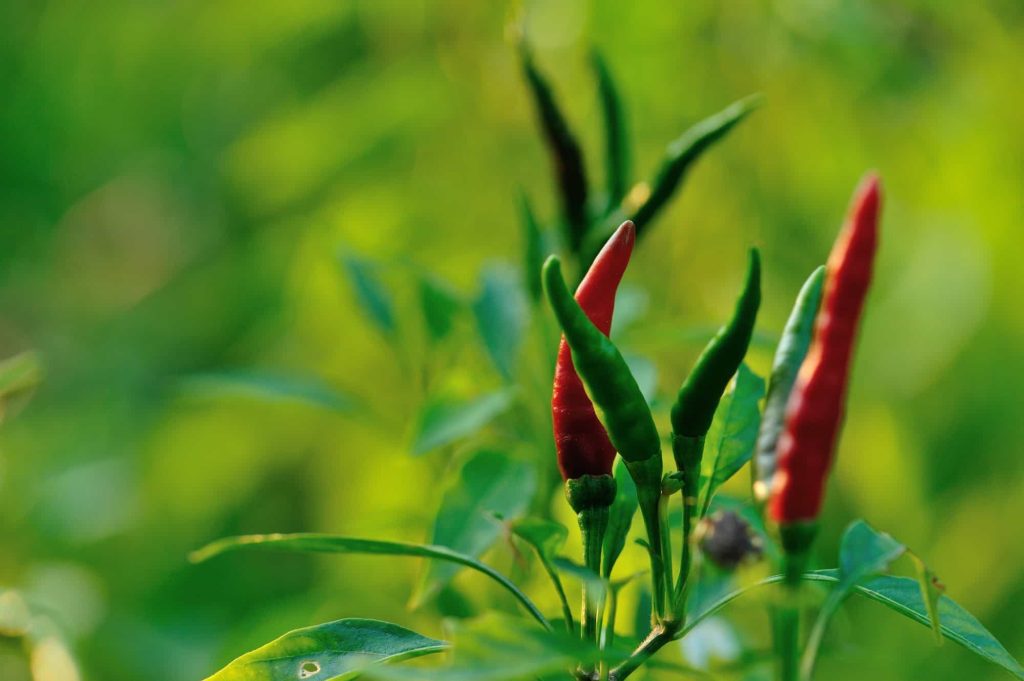The fact that eggplant, tomatoes, and peppers belong to the same family doesn’t mean they are cultivated the same way. The method of cultivating nightshade plants needs to be thoroughly studied to avoid a poor harvest. Several factors like spacing, seedling depth, and temperature need to be learned before growing Cayenne.
This vegetable plant will produce hot chili if cultivated with certain plants.
They could be vegetables or herbs known as Companion plants. Companion planting helps to boost the yield, improve the flavor, and add more nutrients to your pepper.
Cayenne was initially grown in Africa and it serves medicinal and culinary purposes. It has many health benefits, one of which is that it improves metabolism in the body. The presence of antioxidants makes it serve numerous health benefits.
Some of the best companion plants to grow with cayenne pepper are leeks, carrots, okra, onions, basil, garlic, corn, cucumber, chard, radish, lettuce, beets, and squash. Cayenne pepper is an easy companion plant to get along with. However, do not grow cayenne pepper near plants such as fennel, kohlrabi, and cabbage.
Cayenne pepper is mostly found and grown in America It serves medicinal and culinary purposes. One of the health benefits of Cayenne pepper is that it improves metabolism in the body. The presence of antioxidants helps it serve other health benefits.
They are easy to grow but also have some pests that will hinder their growth if they aren’t tended to properly. Companion planting is the solution to this as some plants cultivated with Cayenne pepper will allure pollinators and keep away bugs like the European corn borer.
15 Best Cayenne Companion plants
You might be wondering if you need companion planting for your Cayenne pepper. Growing certain plants close to your pepper will give it a higher crop yield. If you want this for your Cayenne plant, then you need to have the right knowledge of the companion plants that will give it this yield.
1. Carrots
Carrot is the best mulch to plant close to your cayenne. Instead of making a mulch out of other plants, the carrot will serve that purpose and also add more nutrients to it. Its proximity also helps to repel weeds.
1. Basil
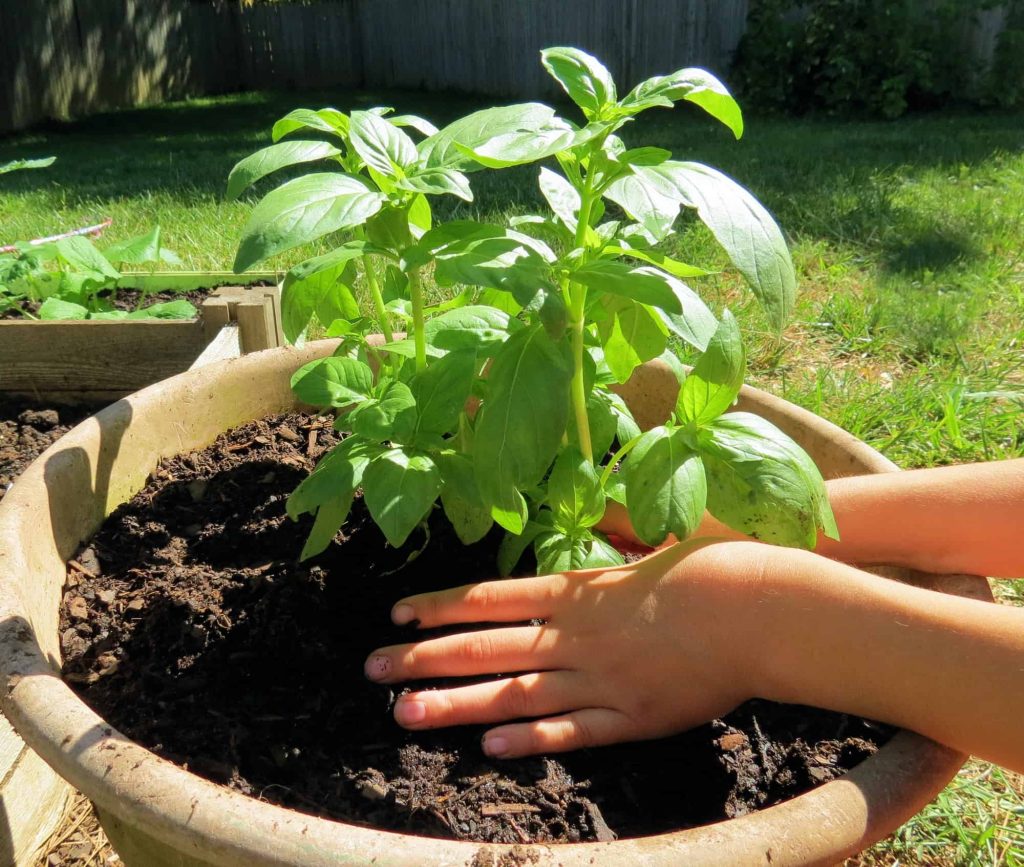
If you want to get rid of garden pests, position some basil close to your cayenne. Basil doesn’t only repel pests but also enhances the flavor of your pepper. The flavor is an important ingredient in Cayenne pepper because it’s used to prepare dishes and basil gives it a perfect taste.
3. Onions
Cayenne pepper and Onions make a perfect blend for your kitchen dishes. It will also make a good companion plant if cultivated with Cayenne pepper. The scent of onion protects your plant from garden pests like bugs. Another added advantage is saving yourself the stress of buying onions when you want to prepare a dish.
4. Chard
Chard offers similar protection to carrots and even more. It serves as a shade and prevents weeds from growing. Chard holds the pepper in position when the wind blows and gives the pepper patch an attractive color.
5. Okra
It’s a no-brainer that taller plants provide shade to smaller plants cultivated with them. Planting Okra in the same garden as your Cayenne pepper will shield it from heat. Okra also serves as a windshield and repels pests.
6. Leeks
Leek belongs to the family of onions and garlic. Growing leeks isn’t as easy as growing Onions but will benefit pepper if cultivated with them. It releases a pungent scent like onions that get rid of bugs and other harmful insects.
7. Lettuce
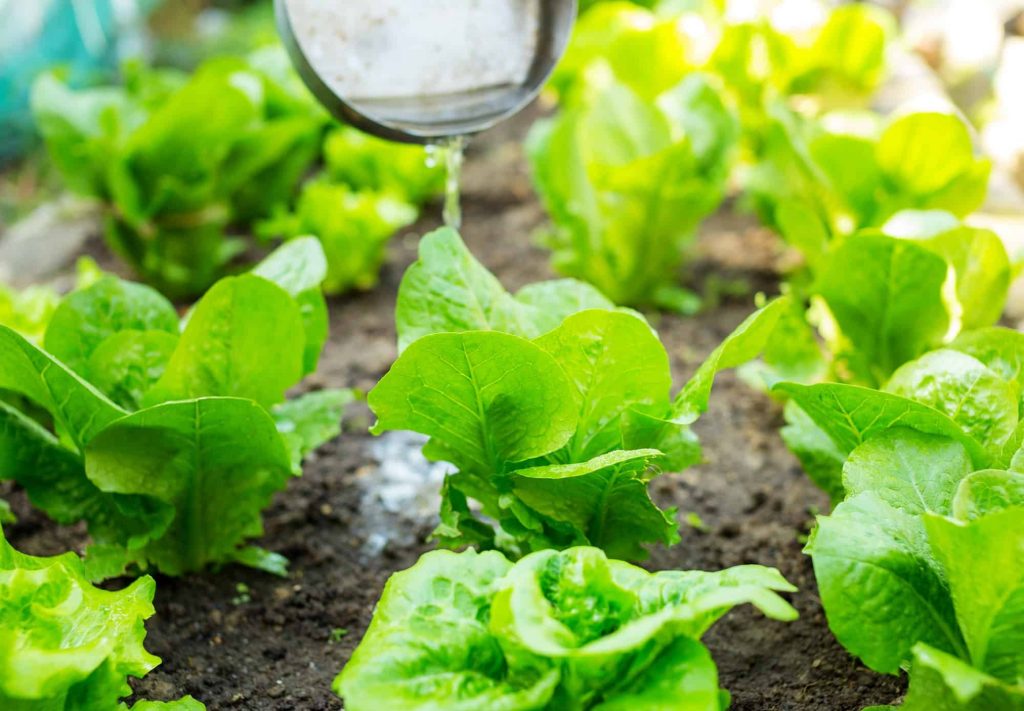
Vegetables make a perfect match with Cayenne pepper. Lettuce isn’t an exception as it improves the yield of your pepper and eliminates weeds.
8. Peas
Peas like other cover crops are nitrogen-fixing crops. Nitrogen fixation helps to add more nutrients to the soil. If you plant peas with your Cayenne, it will preserve its moisture.
9. Radishes
This is a perfect companion plant to cultivate with your chili. Some companion plants are planted when the cayenne is at the seedling stage but not Radishes. You’ll get a harvest after 3-4 weeks of planting with your Cayenne pepper. Radish also provides space in the garden which is important for your peppers.
10. Beets
Beets give space to your peppers in the garden. Beets are very delicious and improve the flavor of your Cayenne. It also conserves the moisture of the soil.
11. Corn
If you want to get rid of aphids, do not hesitate to plant Corn in your garden. Corn possesses tall grasses that act as shade to your plant and prevent it from being destroyed by the wind.
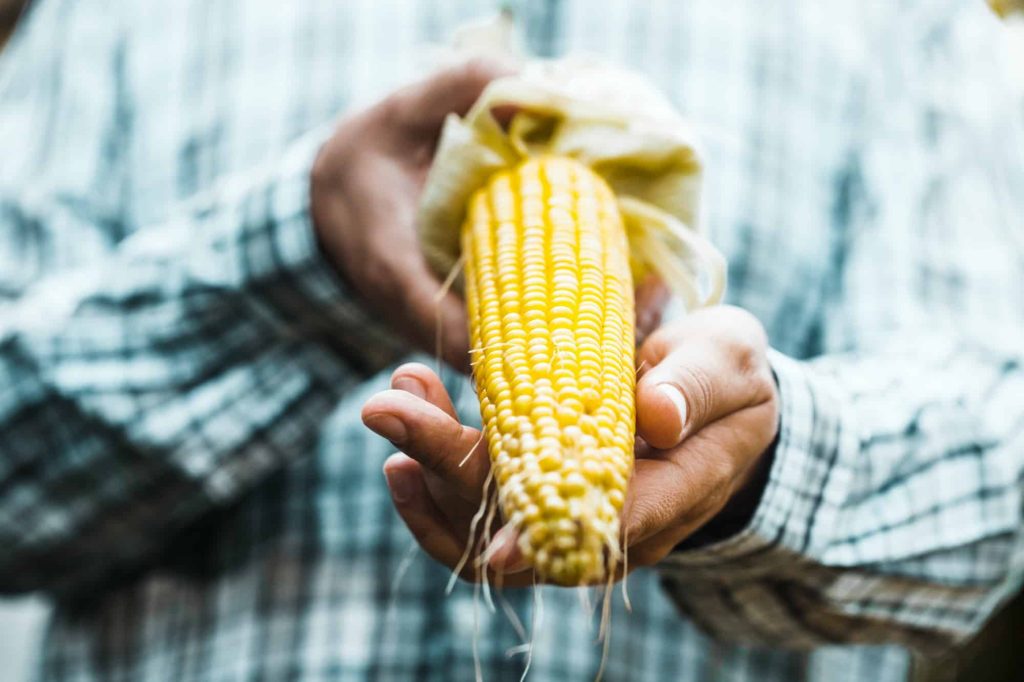
12. Beans
You can never go wrong planting leguminous/cover crops with your Cayenne pepper. They add nitrogen that boosts the nutrients in the soil. Beans also act as a shade for pepper just like other leguminous plants like peas.
13. Garlic
Planting onions and leeks which are in the Alium family provides a lot of benefits for the plant you want it to benefit from. The scent the Alium plants release is enough to get rid of pests that can affect the Cayenne pepper. Garlic also provides space in between the beds. The importance of creating space amongst plants is helping them to take in more oxygen that will enhance their growth
14. Squash
Squash acts as an umbrella for Cayenne pepper. They possess big leaves that shade the Cayenne from excessive sunshine thereby keeping its leaves turgid and conserving moisture or nutrients.
15. Cucumbers
This vegetable makes a good dish with cayenne. The proximity of cucumbers to peppers provides it with moisture, warmth, and soil nutrients.
What Not To Grow Near Cayenne Pepper
As important as it is to learn about the best companion plants to grow with your Cayenne Pepper, ignoring the most important area which is learning about the bad companion plants can cost you a lot. You must learn about plants that detest your Cayenne.
1. Kohlrabi
This plant is a lover of pests that can cause harm to your Cayenne pepper. To prevent your chili from being destroyed by flea beetles, keep Kohlrabi far away from it.
2. Cabbage
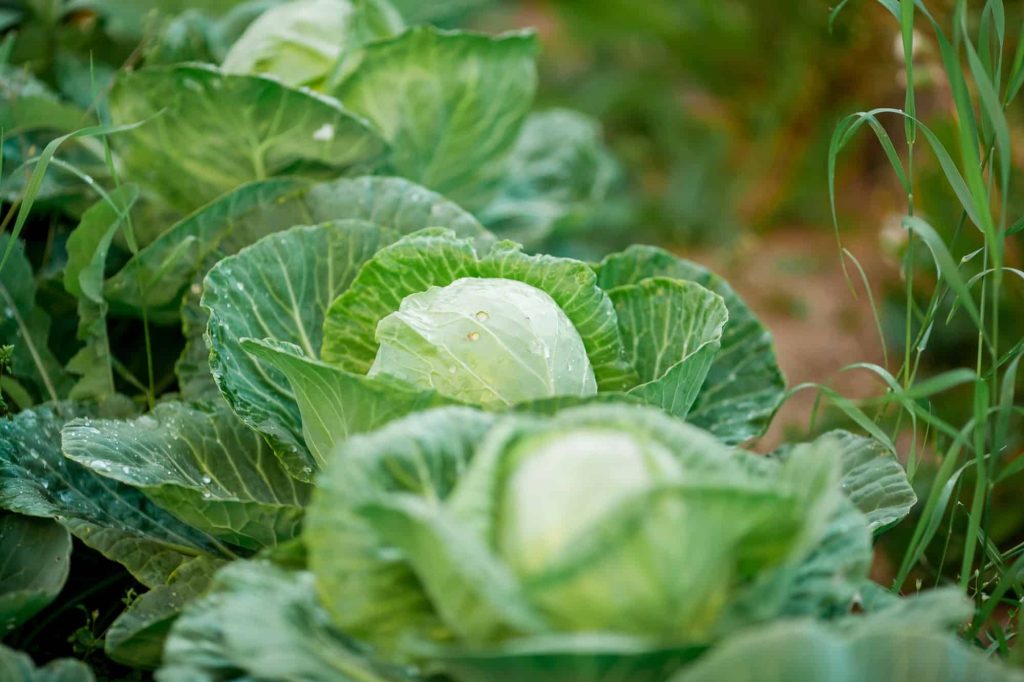
The first thing that should come to mind when you think about cabbage is the numerous pests it can attract. Cabbage worms are an insect that can’t only destroy cabbages but also peppers if planted closely. It is a heavy feeder and competes with your pepper for nutrients.
3. Fennel
This plant should not be found close to Cayenne. One of the things to look out for when considering a companion plant is its resistance to diseases and Fennel doesn’t meet that requirement. It attracts slugs to Cayenne.
Companion planting guide for Cayenne peppers
Use these tips when practicing companion planting for cayenne peppers.
- Make sure you provide the container you want to grow your cayenne in with drainage holes. If you are making use of the soil, wet it properly
- Adding some compost to the soil you intend to use is very important for its growth.
- Create enough space between the beds you plan to plant the seeds
- Use your hand to uproot weeds that may compete with your plant for nutrients
- Expose your Cayenne to 16 degrees Celsius of heat for eight hours every day
- When your cayenne plant is 7-15cm long, cut off its stem.
What do Cayenne peppers not like to grow with?
What animals does cayenne pepper deter?
What can I plant with cayenne peppers?
How long does a cayenne pepper plant live?
How far apart do you plant cayenne peppers?
Can rats eat cayenne pepper?
How deep are cayenne pepper roots?
Do cayenne peppers need full sun?
How often should I water my cayenne pepper plant?
Final thoughts
Cayenne has a lot of medicinal benefits and animal control properties so you can’t afford to mess up its cultivation.
To have a successful harvest, study the best plants that will benefit your Cayenne peppers. The best way to do this is by getting familiar with companion planting.
More companion planting guides:
